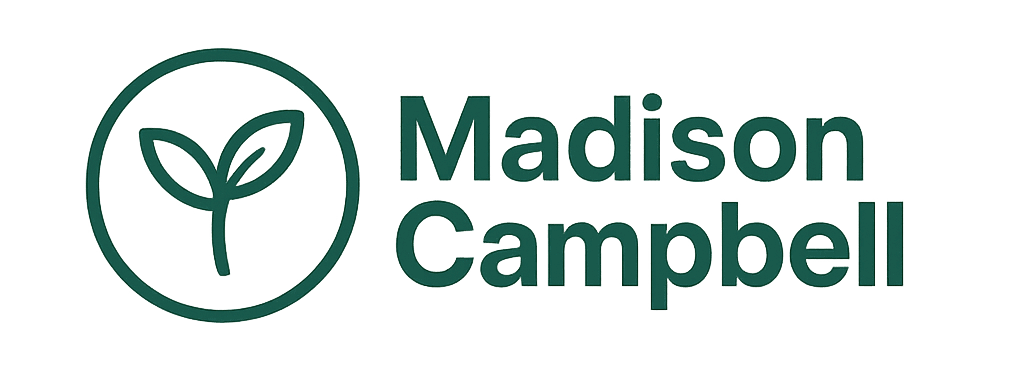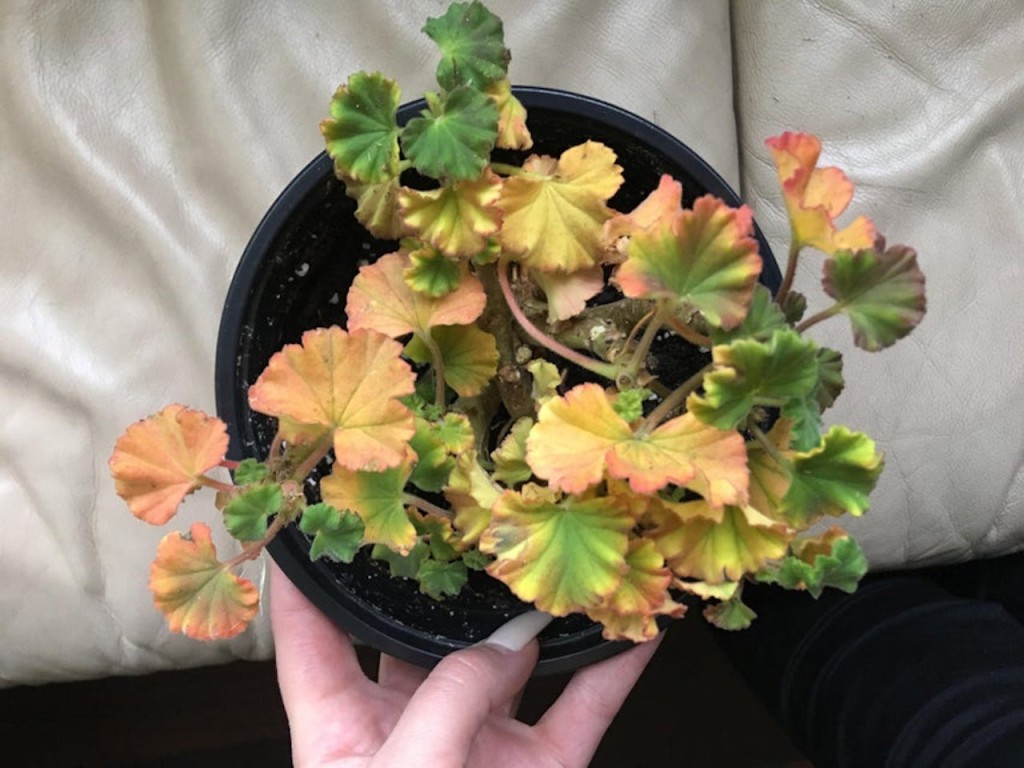If you’re noticing a change in your garden’s usual palette because your geranium leaves are turning yellow, you’re not alone. This common issue has a variety of causes, but don’t worry—solutions are at hand. We reveal the likely reasons behind this color change and offer remedies to restore your plant’s health.
Geraniums are beloved for their bright blooms and hardy nature, but when their leaves start turning yellow, it can leave gardeners puzzled and concerned. Understanding why this happens is the first step towards ensuring the vibrancy and longevity of your geranium plants.
What causes geranium leaves to turn yellow?
There are several factors that can lead to yellowing leaves in geraniums, ranging from environmental conditions to plant health issues. One of the most common culprits is water imbalance, whether it’s overwatering or underwatering. While geraniums are quite resilient, their leaves can signal distress through yellowing when their watering needs aren’t met.
Another potential cause is nutrient deficiencies. Geraniums require a balance of essential nutrients to thrive. A lack of nitrogen, magnesium, or iron can lead to chlorosis, a condition where leaves lose their green color. This often starts with yellowing of the leaves, which can be remedied with the right fertilization practices.
It’s also important to consider the amount of sunlight your geraniums receive. These plants love the sun, and without adequate light, they may struggle to photosynthesize effectively, leading to yellow leaves. Ensuring that your geraniums get enough light is crucial for their overall well-being.
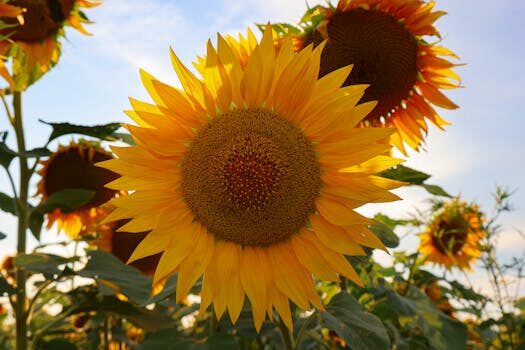
Lastly, cold weather can cause geranium leaves to turn yellow as the plant prepares for dormancy. As temperatures drop, the plant may begin to conserve resources, leading to a change in leaf color.
Should I remove yellow leaves from geraniums?
When you notice yellow leaves on your geraniums, it’s a good practice to remove them. This not only improves the appearance of your plant but also can prevent the potential spread of disease if the yellowing is due to a bacterial infection such as bacterial blight. Pruning away yellow leaves allows your geranium to redirect its energy to healthier foliage, promoting more vigorous growth.
Why do geranium leaves turn yellow and brown?
The combination of yellow and brown on geranium leaves often points to a more severe issue than yellowing alone. This discoloration may be a sign of watering issues or fungal diseases. Root rot, caused by overwatering and poor drainage, can lead to browning and yellowing of leaves. Alternatively, a fungal disease may be at play, requiring appropriate treatment to save the plant.
How to treat yellowing geranium leaves?
Treating yellowing geranium leaves starts with a careful assessment of the plant’s care routine. Here are some steps to consider:
- Adjust your watering habits to ensure that the soil is moist but not waterlogged.
- Provide a balanced fertilizer to address any nutrient deficiencies.
- Ensure your geraniums receive adequate sunlight—about 6 to 8 hours of direct light per day is ideal.
- Check for signs of disease or pests and treat accordingly with eco-friendly options if possible.
What nutrients do geraniums need to prevent yellowing?
Geraniums require a variety of nutrients to maintain healthy foliage and vibrant blooms. Key nutrients include nitrogen for leaf growth, phosphorus for root and flower development, and potassium for overall plant health. Additionally, micronutrients like magnesium and iron are essential to prevent yellowing of leaves.
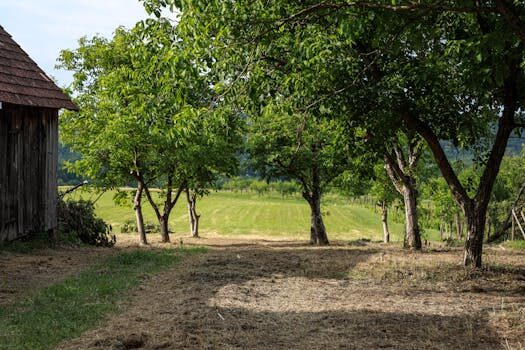
Frequently Asked Questions About Geranium Leaf Discoloration
Should I Remove Yellow Leaves From Geraniums?
Yes, it is generally best to remove yellow leaves from geraniums. This helps prevent potential disease spread and encourages healthier growth. Remember to sanitize your pruning tools before and after use to avoid transferring any pathogens.
Removing the affected foliage can also improve air circulation around the plant, which is beneficial for preventing fungal diseases that could cause further yellowing and deterioration of the leaves.
Why Do Geranium Leaves Turn Yellow And Brown?
Yellow and brown leaves on geraniums are often indicative of overwatering or fungal infections. Excess moisture can lead to root rot, which impedes the plant’s ability to absorb nutrients, causing leaves to turn yellow and brown.
Fungal diseases, such as leaf spot or rust, can also cause these symptoms. It’s crucial to identify the exact cause to treat your geraniums appropriately and prevent the issue from recurring.
Why Are My Geranium Leaves Turning Brown And Crispy?
Brown and crispy leaves on geraniums can signal underwatering or excessive sunlight. If the soil feels dry and the leaves look desiccated, your plant likely needs more frequent watering. Conversely, if the leaves are browned and crisp, but the soil is moist, you might be dealing with sunburn.
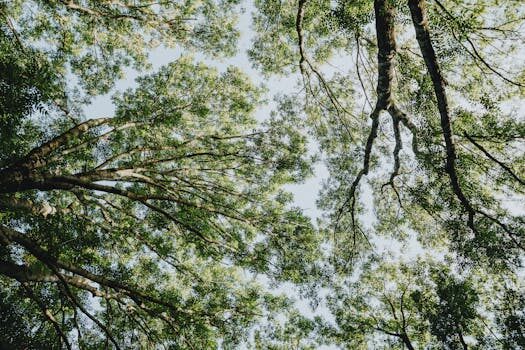
Adjusting the plant’s location or watering schedule can often resolve these issues and bring your geraniums back to health.
Why Are My Geranium Leaves Turning Light Green?
Light green leaves on geraniums may indicate a lack of nutrients, particularly nitrogen. Nitrogen is essential for the production of chlorophyll, which gives leaves their green color. A balanced, slow-release fertilizer can provide the needed nutrients for your geraniums.
Providing a consistent feeding schedule during the growing season will help maintain the rich green color of the foliage.
Why Are My Geranium Leaves Turning Red?
Reddish leaves on geraniums could be a response to temperature changes or phosphorus deficiency. Cooler temperatures can cause some geranium varieties to display red or purple tints. Ensuring that your plants are protected from cold drafts and frost can prevent this color change.
If the temperatures are not an issue, consider testing your soil and supplementing with a phosphorus-rich fertilizer if needed.
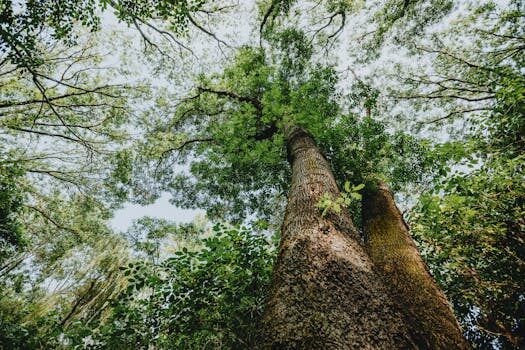
Why Are My Geranium Leaves Turning White?
White leaves on geraniums are often caused by powdery mildew, a fungal disease that appears as a white, powdery substance on the leaves. Increasing air circulation, reducing overhead watering, and applying an appropriate fungicide can help manage this issue.
Always follow the instructions on the fungicide label and apply it in the recommended conditions to prevent harm to your geraniums and the environment.
To help you visualize the discussion, here’s a helpful video:
In conclusion, yellowing geranium leaves can be a sign of various issues, such as improper watering, nutrient deficiencies, insufficient sunlight, or disease. By understanding the needs of geraniums and observing your plants closely, you can take the necessary steps to maintain their health and beauty.

 Why are my orchid leaves drooping? 6 reasons to consider
Why are my orchid leaves drooping? 6 reasons to consider